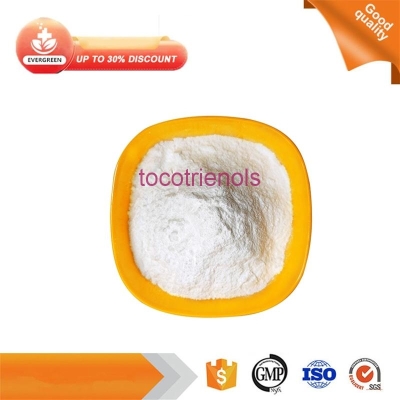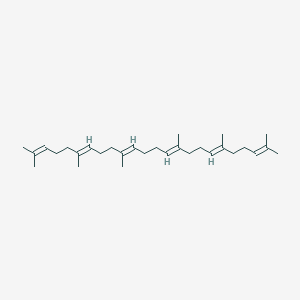-
Categories
-
Pharmaceutical Intermediates
-
Active Pharmaceutical Ingredients
-
Food Additives
- Industrial Coatings
- Agrochemicals
- Dyes and Pigments
- Surfactant
- Flavors and Fragrances
- Chemical Reagents
- Catalyst and Auxiliary
- Natural Products
- Inorganic Chemistry
-
Organic Chemistry
-
Biochemical Engineering
- Analytical Chemistry
- Cosmetic Ingredient
-
Pharmaceutical Intermediates
Promotion
ECHEMI Mall
Wholesale
Weekly Price
Exhibition
News
-
Trade Service
a new study by scientists at Yale University says "super-hot spots" have been found in the human genome, which are 170 times more sensitive to ultraviolet radiation (UVs) in sunlight than the average.Ultraviolet radiation is the main cause of skin cancer, and screening for ultra-hot spots will make it easier to measure a person's past UV exposure and may provide a new way to predict a person's skin cancer risk.
the study was published in PNAS.Known as the "CPD" hyperspot, this superspotour is a type of DNA damage caused by ultraviolet light and can be considered a "bull's-eye" that attracts harmful radiation, most commonly found in human melamine cells responsible for skin and hair color, containing more than 2,000 such locations.“ We thought DNA damage and mutations that cause cancer were rare and random," said Douglas Brash, a scientist at Yale Cancer Research Center who led the study. "But our research shows that, at least for skin cancer, there are specific targets in the genome waiting to be hit by ultraviolet radiation."To find them, the researchers designed a method for marking CPD bits, AdductSeq, and used high-volume DNA sequencing to locate markers throughout the genome. They also developed a statistical method for quantifying the excessive expression of CPD at a single bit relative to the genome mean.At sunburnt UVB exposure levels, each ultra-hot spot receives CPD in up to 1% of melanin cells.Under ultraviolet radiation, ultra-hot spots receive CPD 170 times more frequently than the genome average, and they are located in specific locations near genes and are a direct way for UV radiation to damage cells. As previously thought, a person experiences specific cell growth distortions caused by ultraviolet radiation in real time, rather than random, unpredictable, and does not experience distortions in weeks or years.Evolution has not eliminated these disadvantages, Brash said, which may suggest that cells use super-hot spots to perceive their environment. The presence of hyperspots suggests that
mutations caused by carcinogens (ultraviolet or other radiation) are not completely random, and that mutations associated with gene regulation in melanoma occur 20,000 times more frequently in CPD hyperspots than elsewhere
.The study also suggests new ways to assess the risk of skin cancer. The most important factor in assessing skin cancer risk is previous UV exposure, but doctors currently lack objective measurements and often rely on patients' memories of previous sunburns. If doctors can take small samples of skin and examine super-hot spots, the researchers say, they can get a true idea of DNA damage after previous sunburns in these areas, as well as a better understanding of the patient's exposure history and skin cancer risk, so that skin cancer can be detected early in a curable situation. (Biological exploration)







